Increased Focus on Worker Safety
The Hazardous Waste Handling Automation Market is increasingly driven by a heightened focus on worker safety. As industries that handle hazardous materials face growing scrutiny regarding employee health and safety, there is a pressing need for automation solutions that mitigate risks. Automated systems can perform dangerous tasks, such as the handling and transportation of hazardous waste, thereby reducing the likelihood of workplace accidents. Data suggests that companies implementing automation in hazardous waste management have reported a 50% decrease in workplace injuries. This emphasis on safety not only protects employees but also enhances organizational reputation and compliance with safety regulations. Consequently, the demand for automated hazardous waste handling solutions is expected to rise, further propelling the growth of the Hazardous Waste Handling Automation Market.
Shift Towards Circular Economy Practices
The Hazardous Waste Handling Automation Market is witnessing a notable shift towards circular economy practices, which emphasize the reduction, reuse, and recycling of materials. This paradigm shift encourages companies to rethink their waste management strategies, leading to increased investment in automation technologies. By automating hazardous waste handling processes, organizations can more effectively sort and process materials for recycling, thereby minimizing waste generation. Recent studies indicate that companies adopting circular economy principles have seen a 25% increase in resource recovery rates. This trend not only aligns with global sustainability goals but also enhances the economic viability of waste management operations. As the circular economy gains traction, the Hazardous Waste Handling Automation Market is likely to benefit from heightened demand for innovative automated solutions.
Technological Advancements in Automation
The Hazardous Waste Handling Automation Market is experiencing a surge in technological advancements that enhance operational efficiency and safety. Automation technologies, such as robotics and artificial intelligence, are increasingly being integrated into waste management processes. These innovations allow for the precise handling of hazardous materials, reducing human exposure to dangerous substances. According to recent data, the adoption of automated systems in waste management has led to a 30% reduction in operational costs for many companies. Furthermore, the implementation of real-time monitoring systems ensures compliance with safety regulations, thereby minimizing the risk of accidents. As these technologies continue to evolve, they are likely to drive further growth in the Hazardous Waste Handling Automation Market, making it more attractive for investors and stakeholders.
Regulatory Compliance and Environmental Sustainability
The Hazardous Waste Handling Automation Market is significantly influenced by stringent regulatory frameworks aimed at environmental protection. Governments worldwide are enforcing regulations that mandate the safe disposal and management of hazardous waste. This regulatory pressure compels organizations to adopt automated solutions that ensure compliance with environmental standards. For instance, the implementation of automated tracking systems for hazardous waste has been shown to improve compliance rates by up to 40%. Additionally, companies that invest in automation are often viewed more favorably by regulatory bodies, which can lead to reduced fines and penalties. As environmental sustainability becomes a priority for both governments and consumers, the demand for automated hazardous waste handling solutions is expected to rise, further propelling the market forward.
Rising Demand for Efficient Waste Management Solutions
The Hazardous Waste Handling Automation Market is experiencing a rising demand for efficient waste management solutions driven by increasing waste generation and the need for effective disposal methods. As urbanization and industrial activities expand, the volume of hazardous waste produced is also on the rise. This trend necessitates the adoption of automated systems that can streamline waste handling processes, ensuring timely and safe disposal. Recent market analyses indicate that the demand for automated waste management solutions is projected to grow at a compound annual growth rate of 12% over the next five years. Companies are increasingly recognizing the value of automation in enhancing operational efficiency and reducing costs associated with hazardous waste management. As this demand continues to escalate, the Hazardous Waste Handling Automation Market is poised for substantial growth.

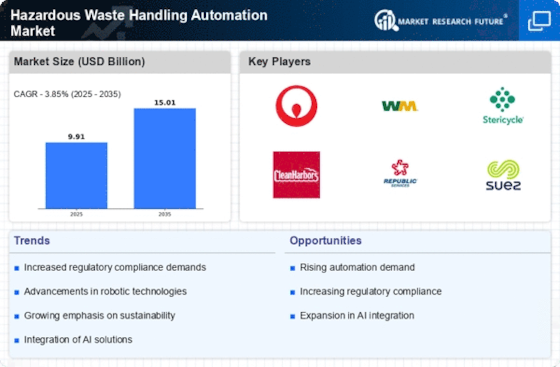
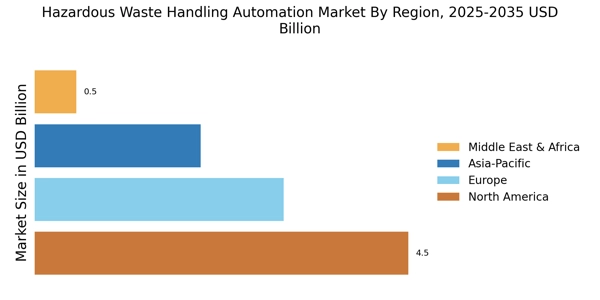
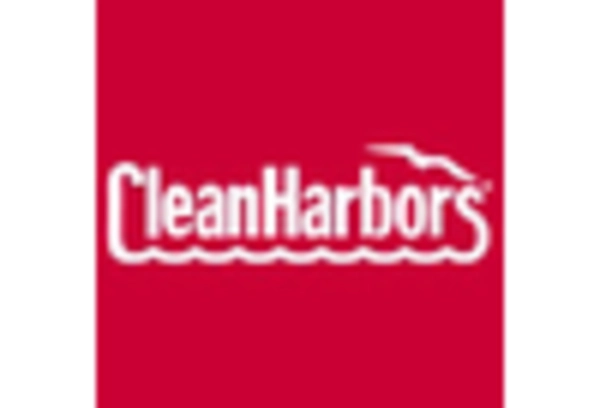
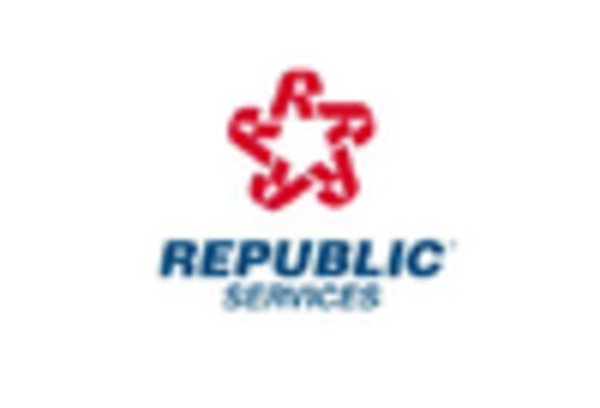
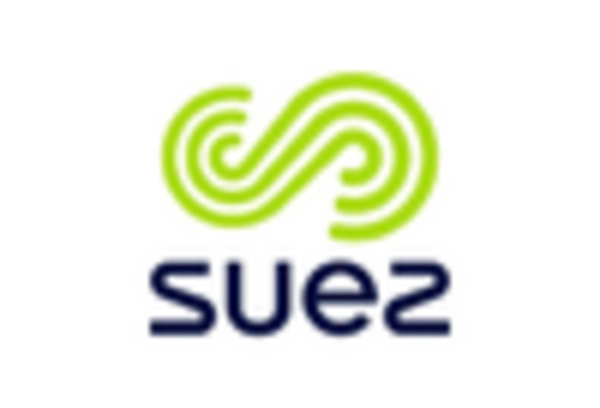
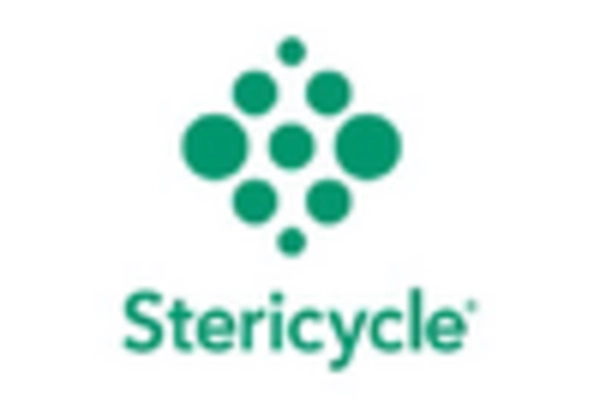

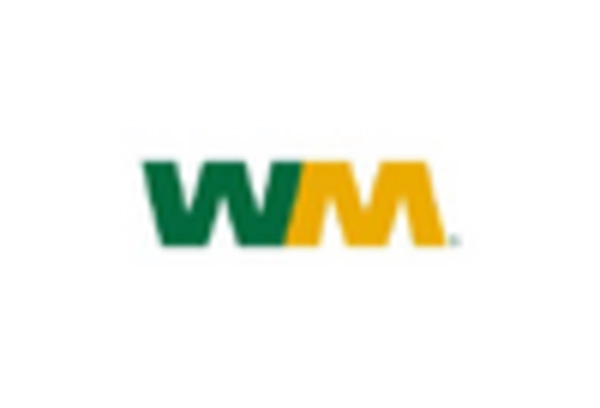








Leave a Comment